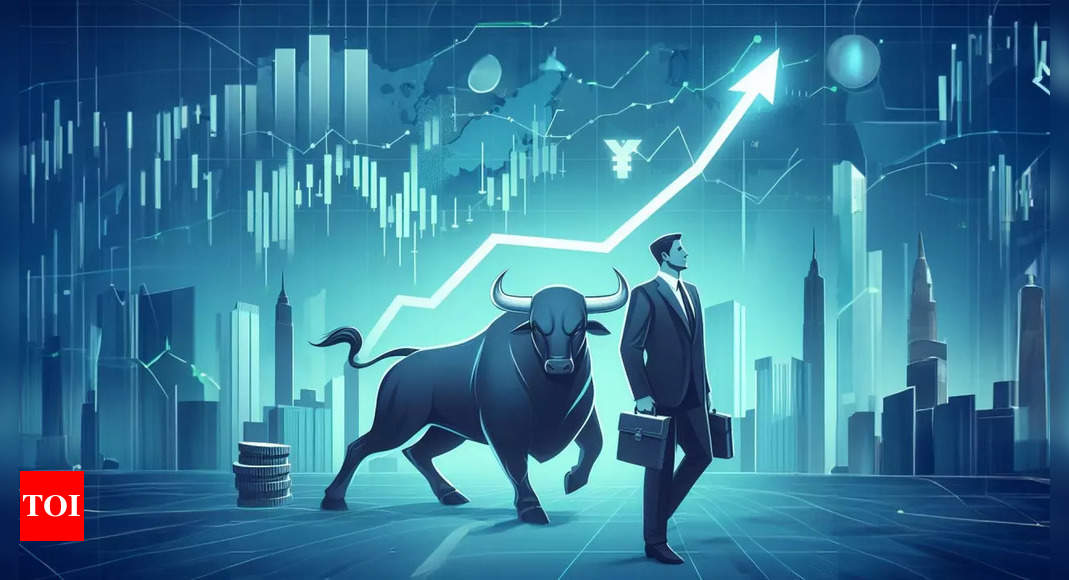What’s the road ahead for BSE Sensex, Nifty50? Post Lok Sabha election results, investors are concerned about the ability of the Modi government to implement challenging reforms due to its reliance on NDA coalition partners. This fear has overshadowed greed on Dalal Street, with PSUs, smallcaps, and other high-performing Modi stocks bearing the brunt of the market crash.
However, according to an ET report, such extreme fluctuations are common on election result days, with traders’ minds dominated by either panic or euphoria.Historical data from the last three elections indicates that it usually takes about a week for implied volatility to return to pre-election levels.
Since 1991, the Nifty has generally delivered returns of +9% and +8% in the 3 and 6 months following Lok Sabha elections, respectively. This suggests that corrections or dips have typically presented buying opportunities in the long run.
JPMorgan analysts anticipate a post-election normalization of implied volatility in Indian equities, with the extent and pace largely dependent on foreign investor participation.
Also Read | Why Raamdeo Agarwal believes Indian markets will double in next 5-6 years despite Modi-led NDA’s less than predicted mandate
“With the election behind us, the Indian equity market is likely to resume its long-standing upward trend. We recommend positioning for potential spot-up and volatility-down scenarios by buying Nifty call spreads funded by selling puts,” it was quoted as saying.
While JPMorgan maintains its year-end Nifty target at 22,000, Bernstein has kept its view of high single-digit returns with an unchanged target of 23,500. Bernstein believes that the medium-term growth story in India remains intact, as strong cycles that have begun are likely to sustain themselves.
Also Check | Stock Market Today Live Updates
However, India’s high valuations are a concern for foreign institutional investors (FIIs). The Nifty, at 19x, remains above its 18-year historical average PE, placing it at the 85th percentile and well over 1 standard deviation above the average.
This also makes India one of the most expensive markets globally, with its premium to Asia Ex-Japan and EM peers more than 1 standard deviation above the historical average.
UBS remains underweight on India in an emerging market context, questioning the assumptions behind India’s rich valuations, such as political stability and policy certainty afforded by a strong government.
However, according to an ET report, such extreme fluctuations are common on election result days, with traders’ minds dominated by either panic or euphoria.Historical data from the last three elections indicates that it usually takes about a week for implied volatility to return to pre-election levels.
Since 1991, the Nifty has generally delivered returns of +9% and +8% in the 3 and 6 months following Lok Sabha elections, respectively. This suggests that corrections or dips have typically presented buying opportunities in the long run.
JPMorgan analysts anticipate a post-election normalization of implied volatility in Indian equities, with the extent and pace largely dependent on foreign investor participation.
Also Read | Why Raamdeo Agarwal believes Indian markets will double in next 5-6 years despite Modi-led NDA’s less than predicted mandate
“With the election behind us, the Indian equity market is likely to resume its long-standing upward trend. We recommend positioning for potential spot-up and volatility-down scenarios by buying Nifty call spreads funded by selling puts,” it was quoted as saying.
While JPMorgan maintains its year-end Nifty target at 22,000, Bernstein has kept its view of high single-digit returns with an unchanged target of 23,500. Bernstein believes that the medium-term growth story in India remains intact, as strong cycles that have begun are likely to sustain themselves.
Also Check | Stock Market Today Live Updates
However, India’s high valuations are a concern for foreign institutional investors (FIIs). The Nifty, at 19x, remains above its 18-year historical average PE, placing it at the 85th percentile and well over 1 standard deviation above the average.
This also makes India one of the most expensive markets globally, with its premium to Asia Ex-Japan and EM peers more than 1 standard deviation above the historical average.
UBS remains underweight on India in an emerging market context, questioning the assumptions behind India’s rich valuations, such as political stability and policy certainty afforded by a strong government.

